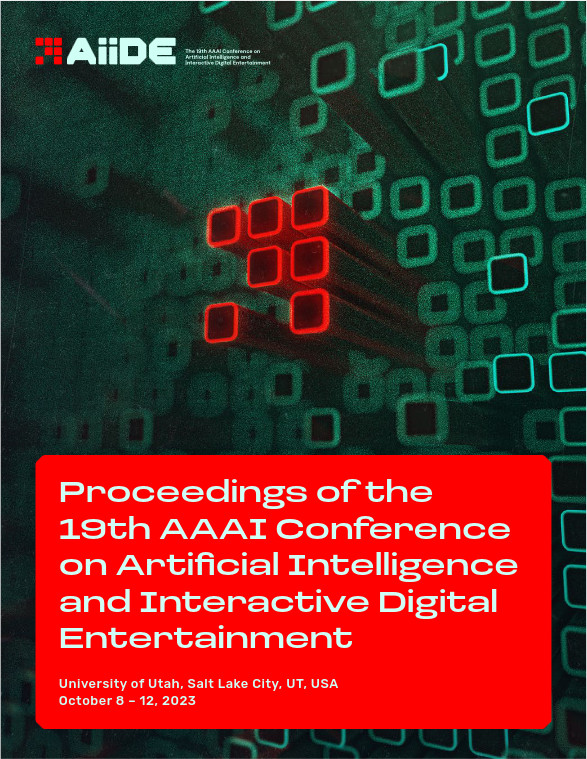Dynamic Difficulty Adjustment via Procedural Level Generation Guided by a Markov Decision Process for Platformers and Roguelikes
DOI:
https://doi.org/10.1609/aiide.v19i1.27540Keywords:
Procedural Content Generation, Dynamic Difficult Adjustment, Markov Decision ProcessAbstract
Procedural level generation can create unseen levels and improve the replayability of games, but there are requirements for a generated level. First, a level must be completable. Second, a level must look and feel like a level that would exist in the game, meaning a random combination of tiles that happens to be completable is not enough. On top of these two requirements, though, is the player experience. If a level is too hard, the player will be frustrated. If too easy, they will be bored. Neither outcome is desirable. A procedural level generation system has to account for the player's skill and generate levels at the correct difficulty. I address this issue by showing how a Markov Decision Process can be used as a director to assemble levels tailored to a player's skill level, but I've only demonstrated that my approach works with surrogate agents. For my thesis, I plan to build on my past work by creating a full roguelike and platformer and running two player studies to validate my approach.Downloads
Published
2023-10-06
How to Cite
Biemer, C. F. (2023). Dynamic Difficulty Adjustment via Procedural Level Generation Guided by a Markov Decision Process for Platformers and Roguelikes. Proceedings of the AAAI Conference on Artificial Intelligence and Interactive Digital Entertainment, 19(1), 436-439. https://doi.org/10.1609/aiide.v19i1.27540
Issue
Section
Doctoral Consortium Abstracts

